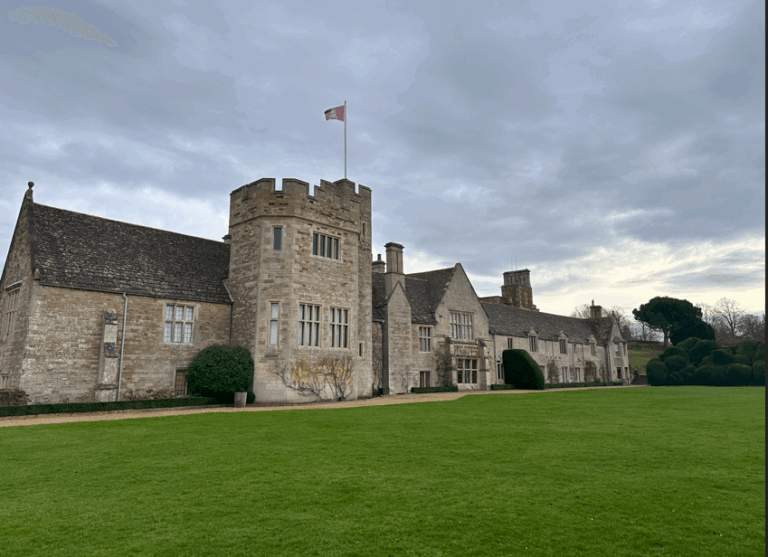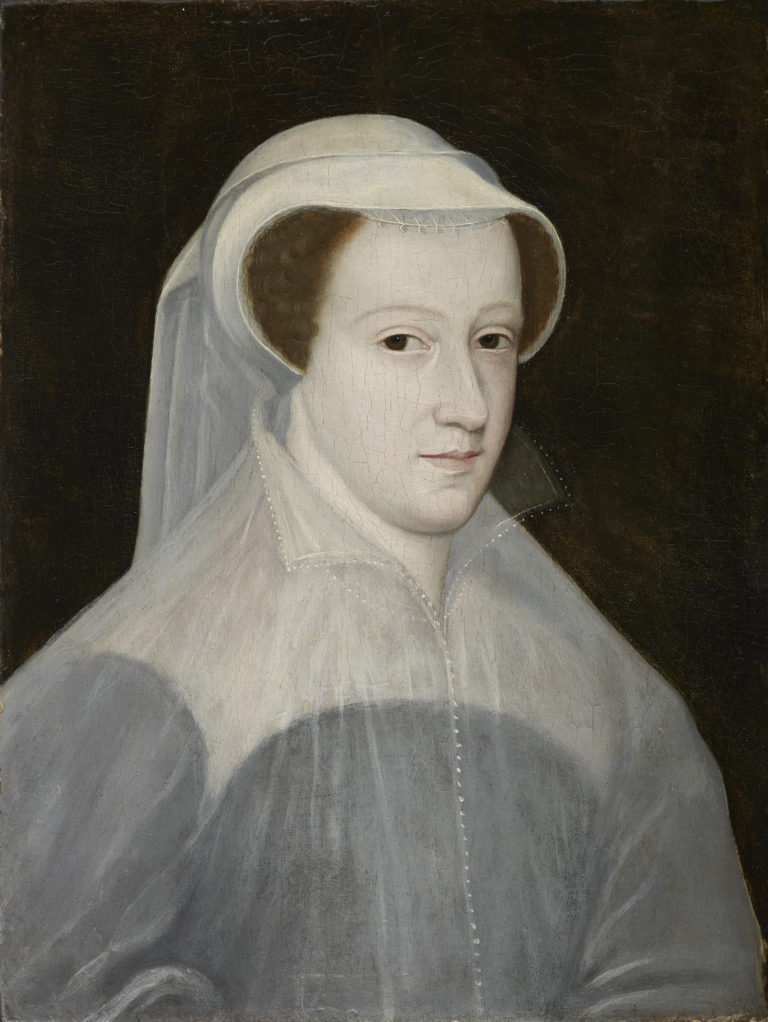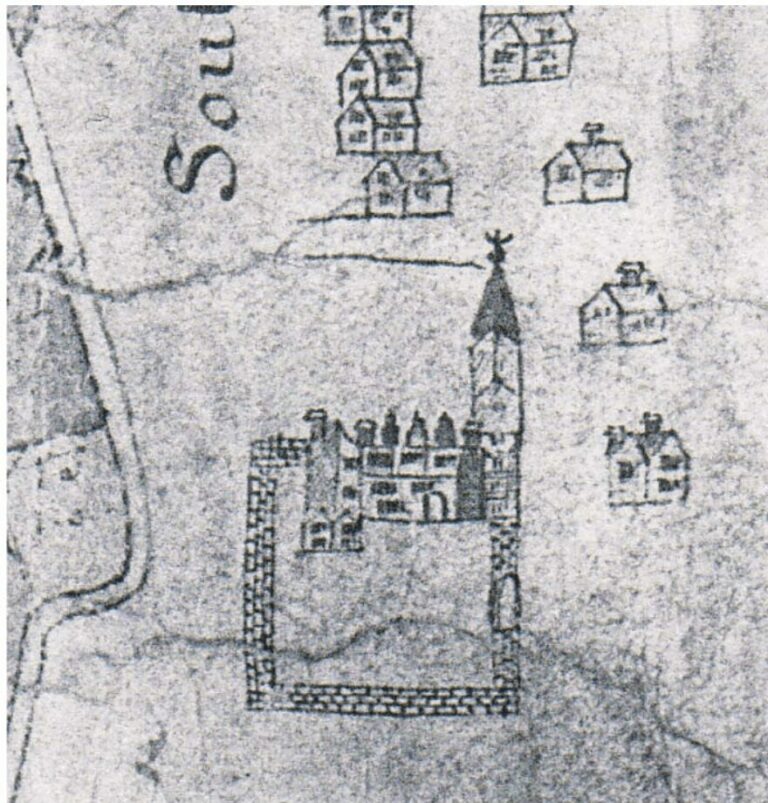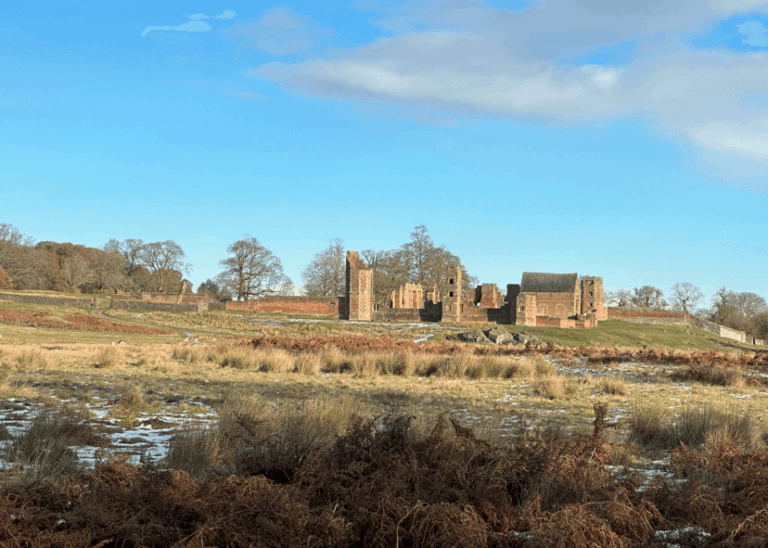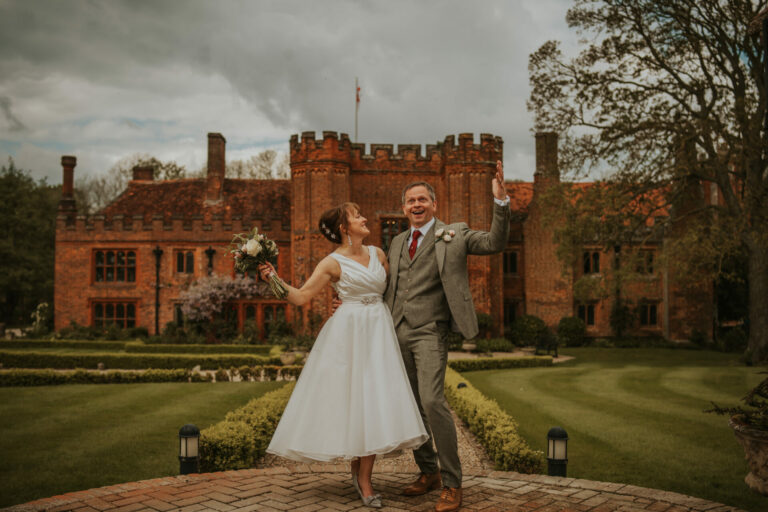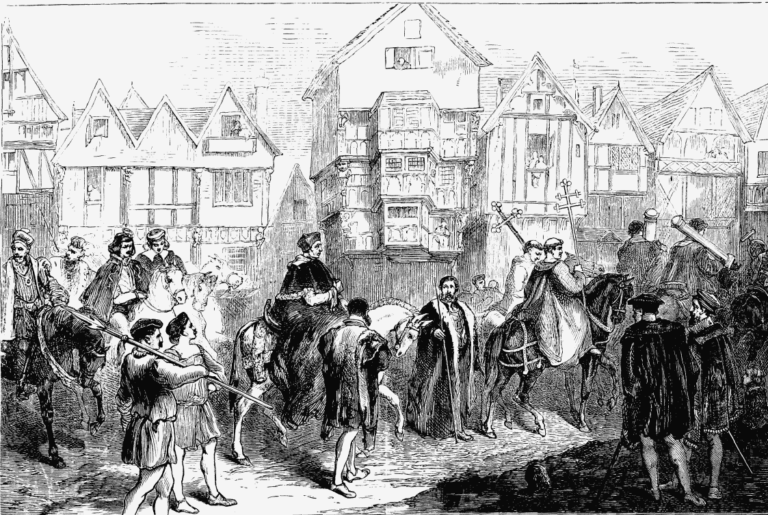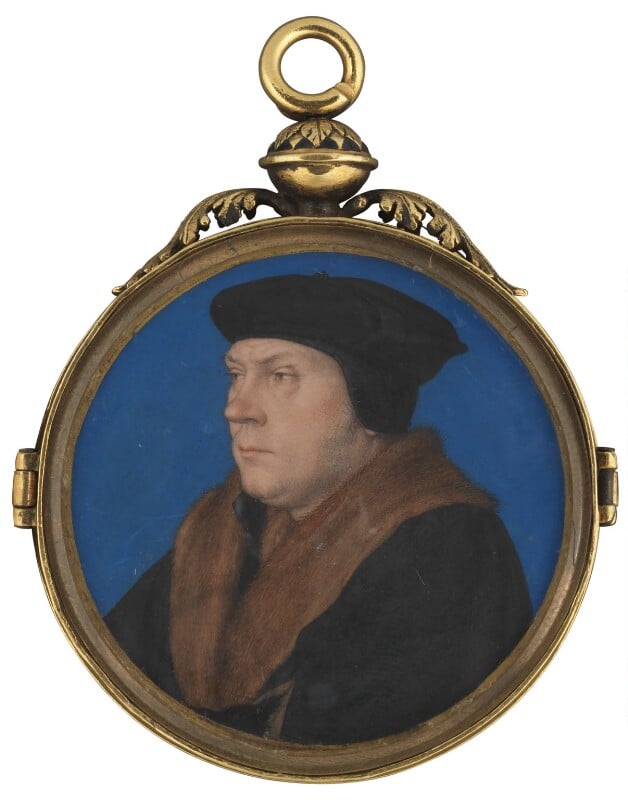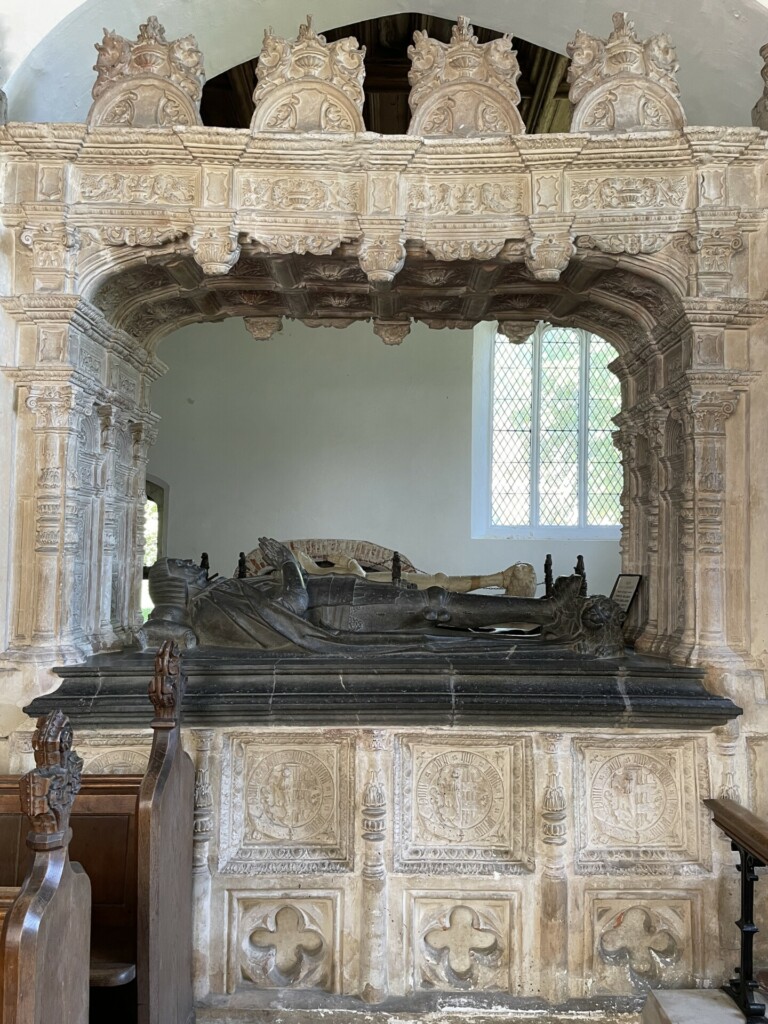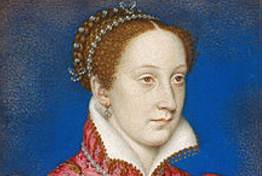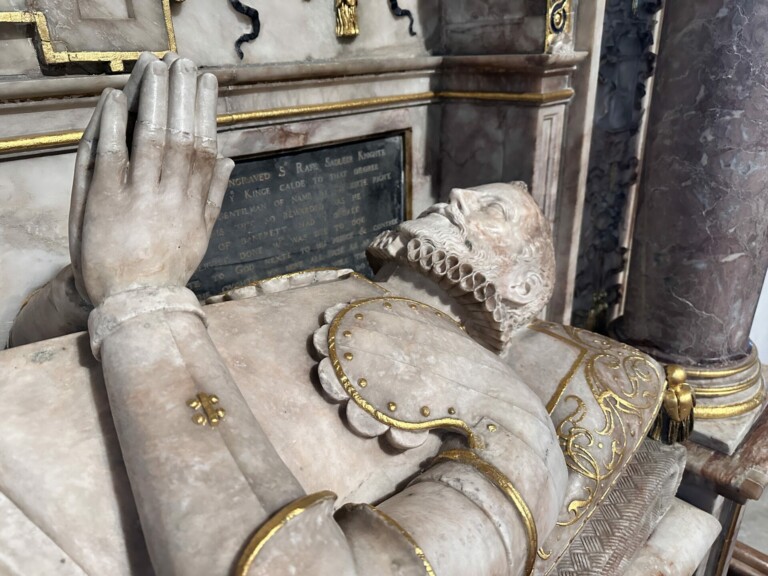Rockingham Castle: A Tudor Transformation From Fortress To Home
This show notes page accompanies my on-location visit to Rockingham Castle in Northamptonshire. The Castle was built by William the Conqueror in the late eleventh century as a motte-and-bailey castle. In Tudor times, Rockingham shifted from a medieval fortress into a comfortable family home. In 1544, King Henry VIII granted the castle to Edward Watson. The Watson’s have owned and lived in the castle ever since.

